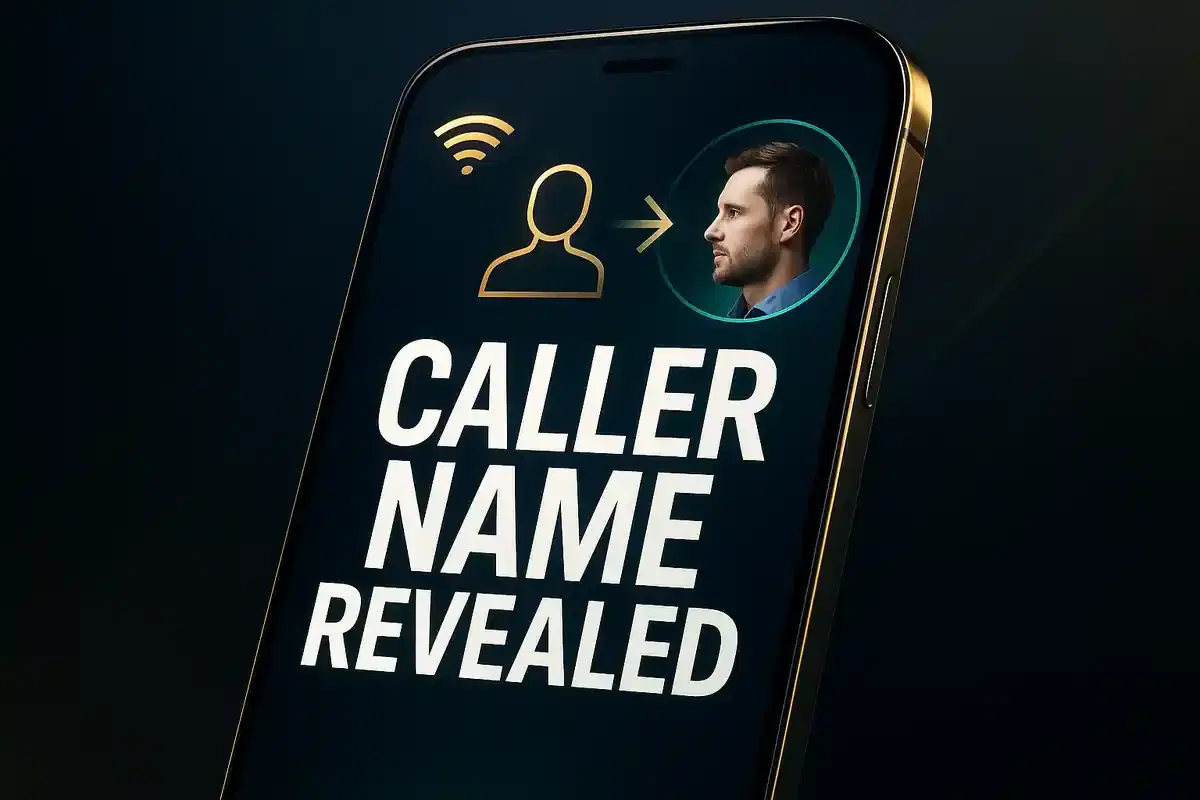Anonymous Caller IDs to Be Revealed on 4G/5G Phones Soon to Combat Spam
Telecom
|
28th October 2025, 4:20 PM

▶
Short Description :
Detailed Coverage :
The Department of Telecommunications (DoT) has informed the Telecom Regulatory Authority of India (Trai) that trials for the Calling Name Presentation (CNAP) service on 4G and newer networks have been successfully completed, paving the way for its immediate rollout. This new feature aims to enhance transparency by displaying the caller's name on users' phone screens, allowing them to make informed decisions about answering calls and significantly curbing the menace of unsolicited spam calls. The service will utilize the information provided in the Customer Application Form (CAF), which individuals fill out when obtaining a phone connection. However, approximately 200 million users on 2G networks will not benefit from this service. The DoT cited challenges with legacy network infrastructure and the unavailability of necessary software upgrades for 2G's circuit-switched networks as reasons for their exclusion, stating that the service can only be implemented for them once technical feasibility is achieved. The introduction of CNAP, a functionality similar to third-party apps like Truecaller, has been pending for some time. Trai had previously recommended its urgent implementation for transparency and fraud prevention. The DoT also clarified that CNAP will be a default service for users, aligning with international best practices, but individuals will have the option to disable it if they prefer, striking a balance between privacy and call genuineness. The department is also expected to liaunt with the Ministry of Electronics and Information Technology (MeitY) to ensure handset compatibility.
Impact This development could significantly alter the user experience for mobile subscribers, potentially reducing the reliance on third-party spam-blocking applications. For telecom operators, it represents a new service to manage and comply with, possibly leading to enhanced customer trust. The exclusion of 2G users highlights the ongoing digital divide and the challenges of upgrading legacy infrastructure. The overall impact on the Indian telecom sector is expected to be moderately positive, enhancing user control and security against spam. Rating: 7/10
Difficult Terms: CNAP (Calling Name Presentation): A service that displays the name of the caller on the recipient's phone screen. CAF (Customer Application Form): The form filled out by customers when applying for a new mobile or landline connection, containing their personal details. TSPs (Telecom Service Providers): Companies that provide telecommunication services, such as mobile and internet providers. Circuit-switched networks: A type of network used in older telecommunications technology (like 2G) where a dedicated path is established for the duration of a call. Trai (Telecom Regulatory Authority of India): The independent regulatory body that oversees the telecommunications sector in India. DoT (Department of Telecommunications): A government department under the Ministry of Communications, responsible for policy formulation, licensing, and development of telecommunications in India. MeitY (Ministry of Electronics and Information Technology): A ministry of the Government of India responsible for the development and promotion of electronics, IT, and internet services.